Recovery of wounded capercaillie
When your shot didn’t hit where it should have – Recovery of wounded capercaillie
To become a hunter in Norway you have to take a hunter course with a final exam in the end. It’s a course of 30 hours that contains shooting, species knowledge and many other topics. Something we learn rearly in the course is that if we pull the trigger, we only do it when we know we are going to hit with a deadly shot. It sounds clear and easy, but when can we be really sure and know that the bullet will hit where it should? It’s about preparations and knowing your own limits. Go through your weapon and check that all the screws are tight. Check that your rifle is zeroed and that the bullet you use match your rifle. The most important is to know your limits. Practice shooting in different situations and challenge yourself on the shooting range. You don’t learn a lot by laying in prone position with bipods and shoot 100 rounds on 100 meters. Try shooting without bipods and with a high heart rate. Run 100 meters and then lay down and shoot. Be creative and always challenge yourself. In that way you will become a better shooter and learn where your limits are. But to become a better hunter, you must learn when not to shoot and be honest with yourself. A good hunter knows when not to shoot. It’s easy to say all these things, but even though you follow all these tips you will someday experience that the shot didn’t go as planned. The human factor is always there.
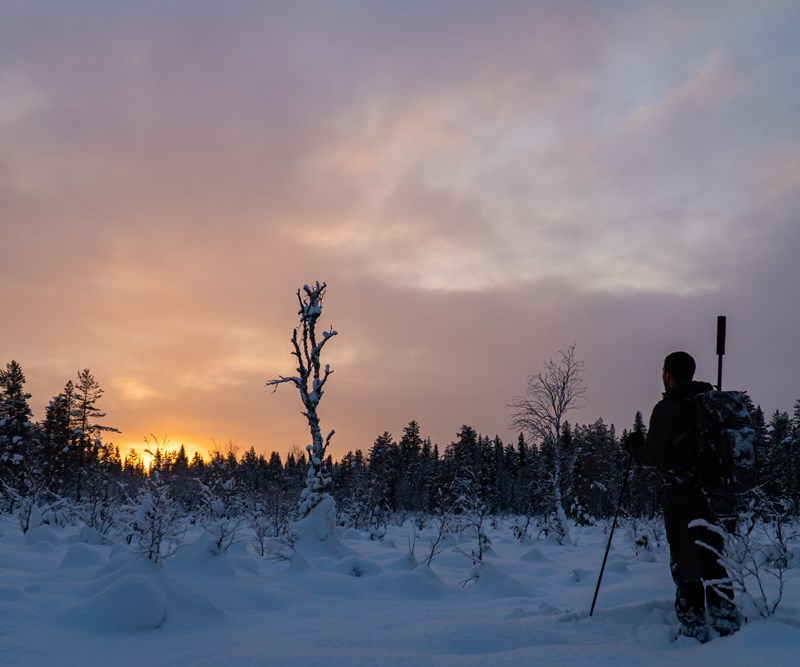
It has happened to me and probably to many other hunters. You find the capercaillie after a long day of skiing many kilometers and the bird flies away after the shot. What happened? Everything felt good and the bird should have dropped straight down, but it didn’t.
The steps for recovering a wounded game starts right after the shot and it has helped me many times. First, use your binos and follow the bird as long as you can. It will help you to search for the bird if you know the direction and where it landed. Also try to see how the reaction of the bird is after the shot. Was any of the wings broken or was the feet hanging when it flew? These reactions may tell something about where you hit the bird. If the feet where hanging it may be a sign that you hit the bird low and back. Were a lot of feathers falling after the shot?
The recovery phase is a phase when you try to figure out if it actually was a hit. If there was not any feathers falling off and the bird flew several 100 meters seemingly all fine, it can be a sign that it was miss, but we still need to check the spot where the bird was sitting.
The next step is to go the tree where the bird was sitting. Try to see if you find any feathers or any blood. The feathers may tell you something about where you hit the bird. Mark the tree position on the map and walk in the direction the bird flew. Be ready with your rifle in case you find the bird and it’s still alive. Look for any feathers or blood and mark any signs on your map. It will help you to walk in the right direction. As long as you can follow feathers, you are walking in the right direction. When you can’t find any more feathers, you can choose to search in the direction that you think the bird flew. This takes less time but you may go the wrong way. The other way of searching is to walk in a spiral. Place your backpack or something that is easily visible and start walking in a circle away from it. For each circle, expand and look for any signs of feathers, tracks or blood. This takes time but it’s effective. A capercaillie can easily fly 400 meters and then drop dead, so it tells you how far out from the tree you need to search. If the bird doesn’t drop dead it may try to hide under trees or in holes under broken trees. If there’s a lot of loose snow you can look for holes in the snow. Even though the capercaillie is a big bird, it can be difficult to find in the snow.
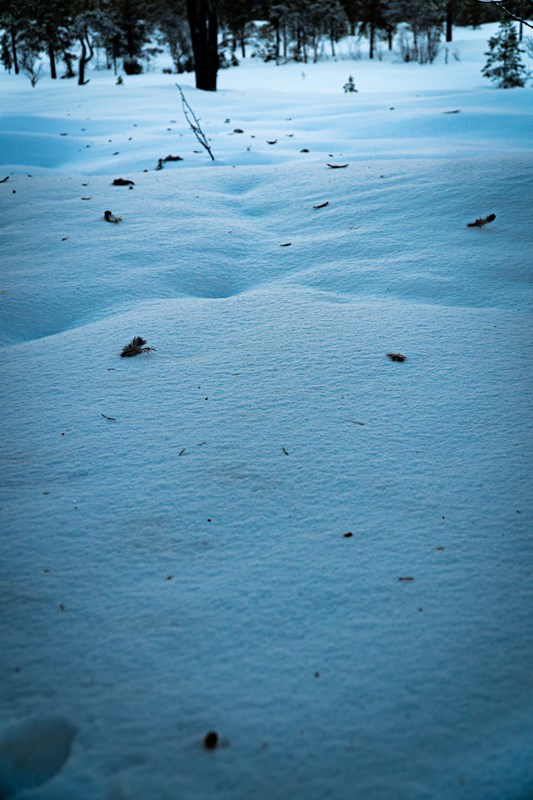
The time spent on searching is up to you as a hunter. A good hunter spend as much time as possible if the bird is wounded. We owe the bird that much respect that we do our best to try to find it. If the search goes on until it gets dark then check out the area the next day and maybe use a dog if you have one available.
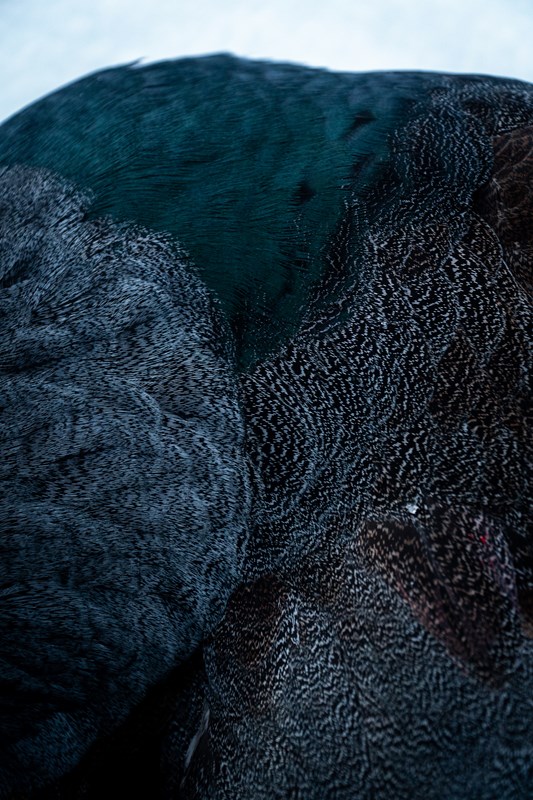
It’s terrible when the shot didn’t go as planned and it’s not a great feeling. The reason it happens is quite often the human factor. We misjudge our own capabilities in the situation and do a bad pull on the trigger. To shoot when your heart is beating is difficult and sometimes you misjudge the distance. There can also be faults on the gear. It’s important to know that there is always a chance that the shot doesn’t go as planned and to know what do to in those situations and stay calm. In addition, a good tip it to give it a second shot if you are in doubt of the first shot.
As I have said earlier: it is better to regret a shot you didn’t take, then a shot you took. Know your limits and practice shooting.
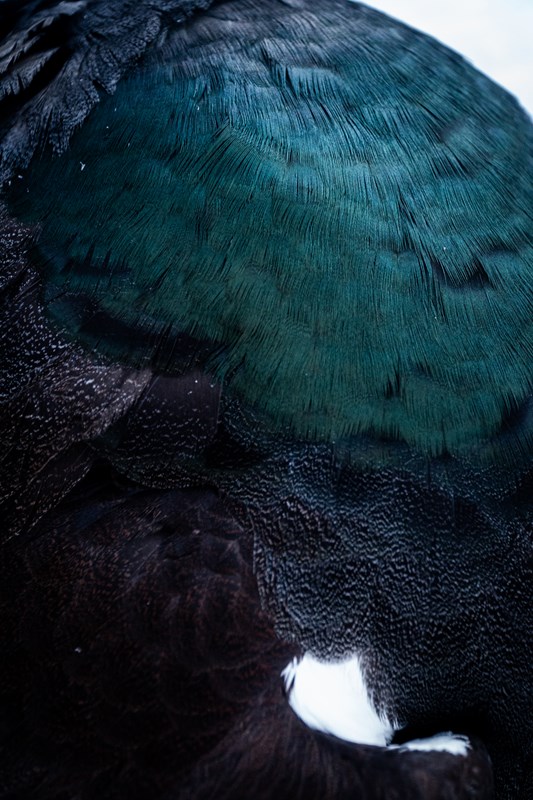
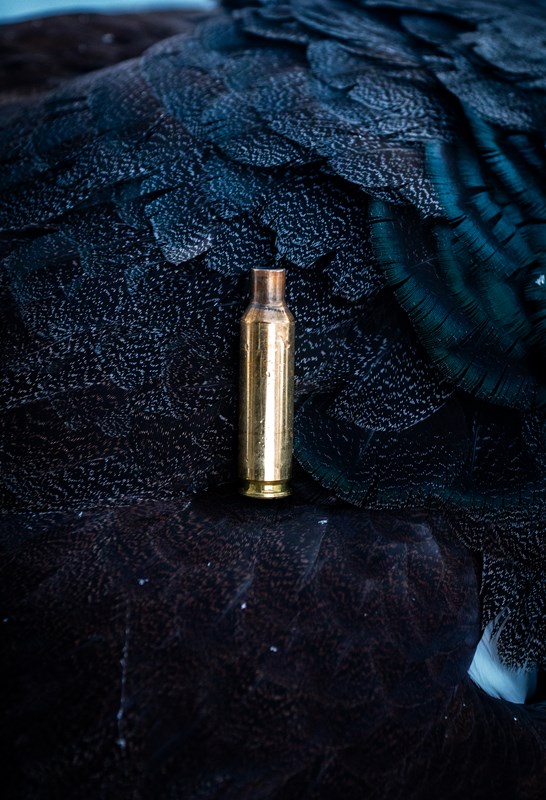
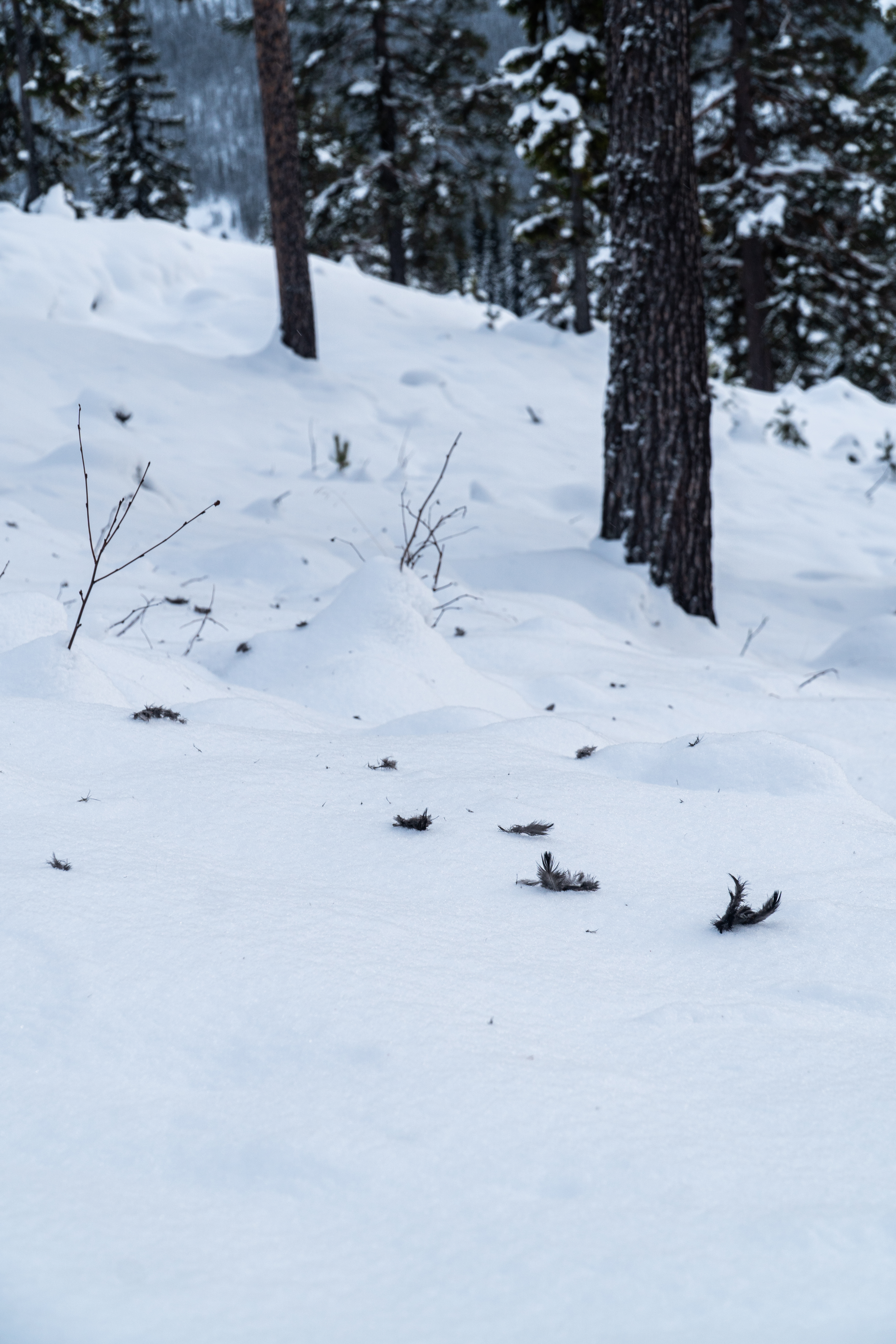
/NORMA Ambassador, Simon Åsheim, Norway